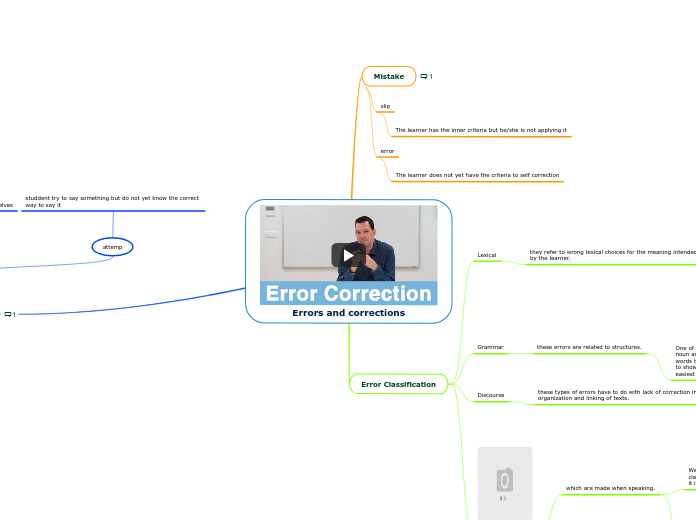Phonetics Inventory and structure of the sounds of language. It has two approachings:
Acoustic Phonetics Studies the psysics of speech sound
Articulatory Phonetics Studies the psysiological mechanism of the speech production
SOUND CLASSES
GLIDES
Or semivowel is a sound that is phonetically similar to a vowel sound but funtions as the syllable boundary rather than as the nucleus of a syllable
CONSONANTS
Are produced with a narrow or complete closure in the vocal tract
Are generally not syllable
Are less sonorous than vowels
VOCALS
Are syllable
Are sonorous
Are produced with relatively little obstruction in the vocal tract.
THE SOUND PRODUCING SYSTEM
The speech production mechanism consists of an air supply, a sound source that sets the air in motion, and a set of filters and resonators that modifies the sound in differents ways. All these parts form what we know as VOCAL TRACT
SOME FILTERS
NASAL CAVITY
ORAL CAVITY
PHARYNX
LARYNX. Known as the sound source, voice box or Adam´s Apple. It contains :
GLOTTIS Space between the vocal folds and where glottal states are produced
GLOTTAL STATES These are produced depending of the vocal folds positioning. Some of them are:
MURMUR
WHISPER
VOICING
VOICELESSNESS
VOCAL FOLDS
LUNGS
They are the source of moving air. We need take air into the lungs and then expel it during speech with certain air pressure maintained by the action of various set of muscles, among them:
DIAPHRAGM
INTERCOSTALS
PHONETICS TRANSCRIPTION
Represents each sound of human speech with a single symbol. These symbols are enclosed in brackets / /. It requires a system:
The International Phonetics Alphabet IPA is the best-known system for transcribing the sound of speech. This system represents speech in the form of:
SEGMENTS Which can be analyzed into smaller subunits called:
FEATURES Which reflect individual aspects of articulatory control or acoustic effects produced by articulation









